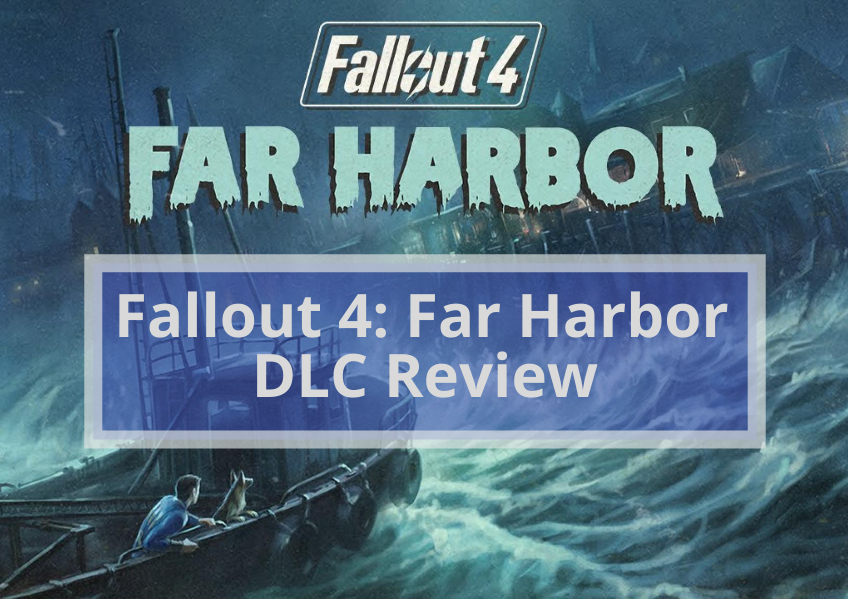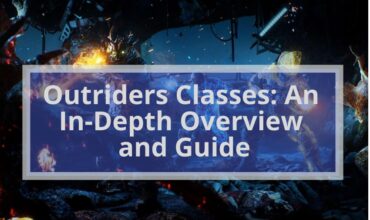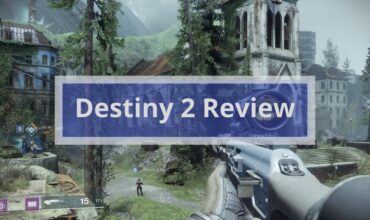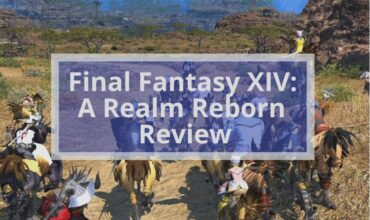Fallout 4’s Commonwealth in a wonderfully varied and enthralling place to explore and exist in, yet after a hundred-plus hours, the ruined cityscape of post-war Boston and the surrounding countryside soon start to become stale. Even an occasional weekend jaunt to the Glowing Sea does little to stem the tide of mundanity that encroaches after a prolonged experience with the game. Thankfully, Bethesda has just dropped a sizable new DLC vacation hotspot – the pleasant island getaway of Far Harbor in rural Maine – providing a refreshing change of pace and scenery that in many ways improves upon the slightly creaky foundations laid forth in the main game.
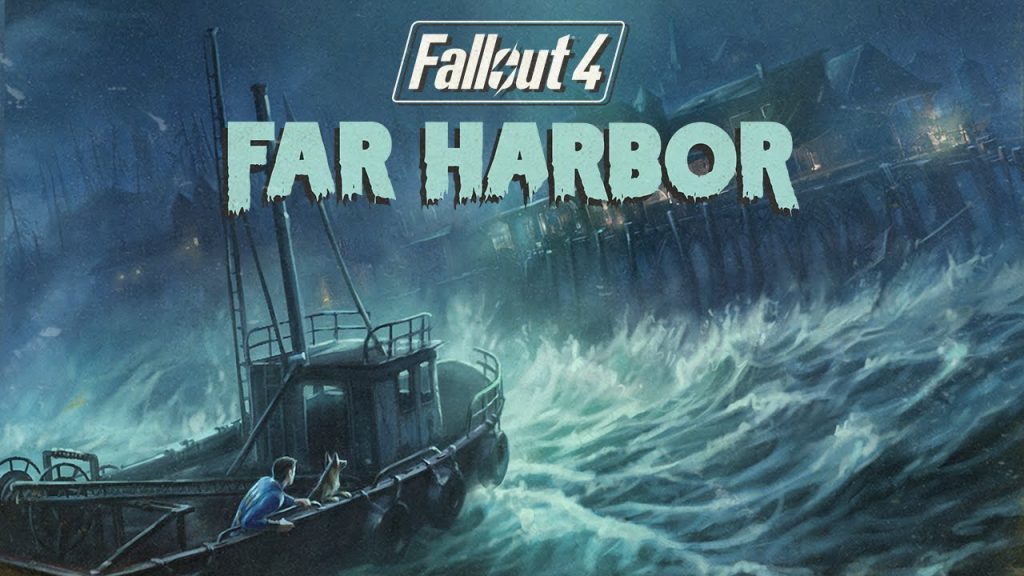
Far Harbor, located in the post-apocalyptic remains of rural Maine, is undoubtedly the star of the show, offering up a refreshing new locale for players to delve into. As I iterated in the opening statement, the new map is a world away from the typical nuclear-ravaged environments of Fallout 4: Haunting pine forests, shrouded in ghostly radioactive fog, cover the island; Quaint, yet eerily abandoned seaside towns litter the storm-ravaged coastlines; Foreboding, putrid bogs hide unfathomable horrors, ready to claim those who wander aimlessly through the inner sanctums of the map. There is a prevailing, haunting tone that encompasses everything within Far Harbor, and every location is as brilliantly crafted as those in the parent game. It’s almost Lovecraftican in nature, something that’s achieved thanks the fog that is slowly suffocating the island.
The ominous mist features as central part of the overarching story of Far Harbor, with Bethesda hailing its inclusion as a major gameplay innovation over the base game. The fog is certainly atmospheric, ushering forth a constant sense of unease as you worryingly contemplate what vicious horrors lurk behind the swirling white wisps. The whole landscape morphs into a living nightmare as a result, heavily influencing your actions and gameplay decisions. You’ll be constantly thinking twice about venturing off the beaten path as you worryingly contemplate just what the fog is harboring behind its seemingly blank facade. Unfortunately, the waters are muddied somewhat due to the overall lack of influence the fog exerts upon the gameplay. Bethesda spent a great deal of time before release touting how the fog would drastically change the way players approached Far Harbor, yet in practice all their proclamations of originality fade into nothingness. The fog merely becomes a nuisance as it laboriously increases your radiation level, instilling you with all the urgency and danger of limp bullfinch in a china shop.
Read More: https://thegamercollective.com/destiny-2-review/
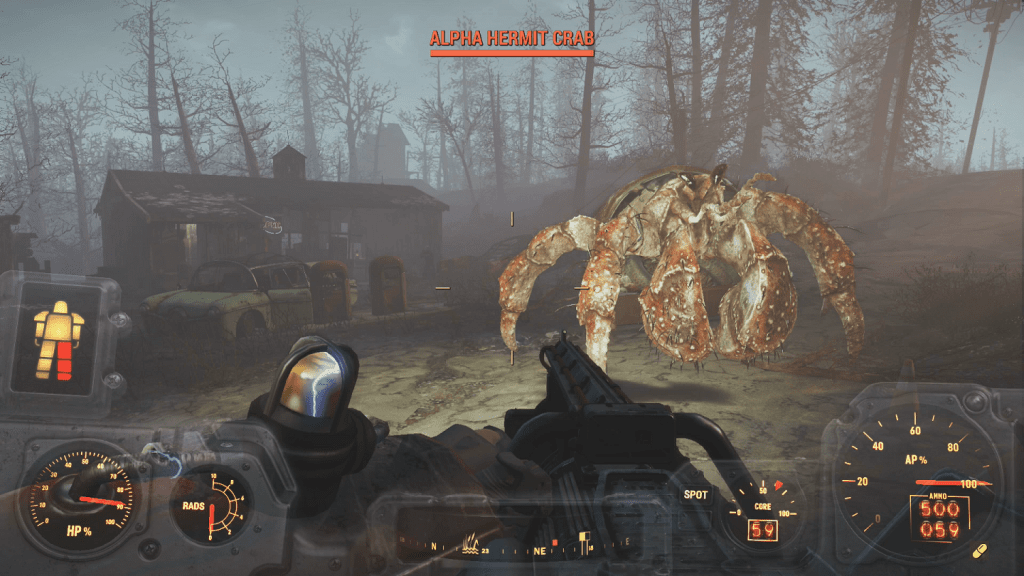
But it is easy to forget such a shortcoming when considering the brilliance of Far Harbor’s storytelling, of which the aforementioned haze compliments immensely, acting as the driving force behind the growing tensions welling up across the remote island. The catalyst that insights the events of Far Harbor is, admittedly, unoriginal, as you are tasked with tracking down a missing teenager. After a surprisingly enjoyable interlude acting as the wasteland’s equivalent of Sherlock Holmes, you’ll soon find yourself setting sail from the familiar shores of post-war Boston and into a maelstrom of mystery, distrust, and deception.
Once you arrive in Far Harbor, it becomes apparent something dark and deadly is slowly throttling the decrepit island retreat. The fog has riled up tensions between the island’s three main factions: the Harbormen, The Children of Atom, and a colony of run-away synths; and everyone is teetering on the brink of all-out war. You’re initial point of contact are the Harbormen, yet you are free you side with whoever you wish, highlighting one of the core central design pillars that encompasses the foundations of Far Harbor: choice. Everything entwined within the primary narrative is comprised of a multitude of threads, allowing you tackle every core situation from a variety of angles. The best example of this deluge of choice comes from the interplay between the opposing factions. The three are interconnected on a deeper, more meaningful level than the four principle groups from the main game. They no longer function as the hollow, segregated entities found in Fallout 4; instead they interact with one another like an intricate municipal network, with your actions shaping their fortunes and future.
I won’t spoil the exact details of the story, but let it be asserted that it’s a significant improvement over Fallout 4’s boggy and convoluted narrative. It’s a tighter affair, one that keeps you enamoured in the revelations unfolding around you, while also giving you plenty of room to breathe and choose your own path. That is until you slam face-first into pixelated wall that’s been haphazardly dumped right in the middle of the story. All of your freedoms are suddenly stripped away, leaving you perplexed and frustrated as the game forces you to solve puzzles using the janky settlement-building mechanics from Fallout 4. I know, it sounds bizarre. It is as if Bethesda are playing the part of the strict parent, punishing you for having too much fun before yanking you back to reality. It utterly kills the pacing, going as far as almost spoiling the entirety of the campaign. Think do, however, pick up again once this nasty business has been dispersed with like an unwanted house guest, with the final moments crescendoing towards a thrilling, and satisfying, conclusion.
The ending/s of Far Harbor are another significant improvement over its parent game. In the latter, it felt like the choices you made throughout the game came to nothing, giving little overall satisfaction for completing such a monumental journey. Far Harbor, on the other hand, wraps things up nicely, with every possible ending making you feel as though you have drastically altered the course of the island. Much of the brilliance can be attested to the moral ambiguity ushered up by the endings. You will have to make horrific concessions, and even the quote-on-quote “good ending” comes with a dreadful price. It all comes together make the narrative experience worthwhile, and does just enough to patch a few, but not all of the wounds created from the mid-game blockage.
Read More: https://thegamercollective.com/x-rocker-51396-review/
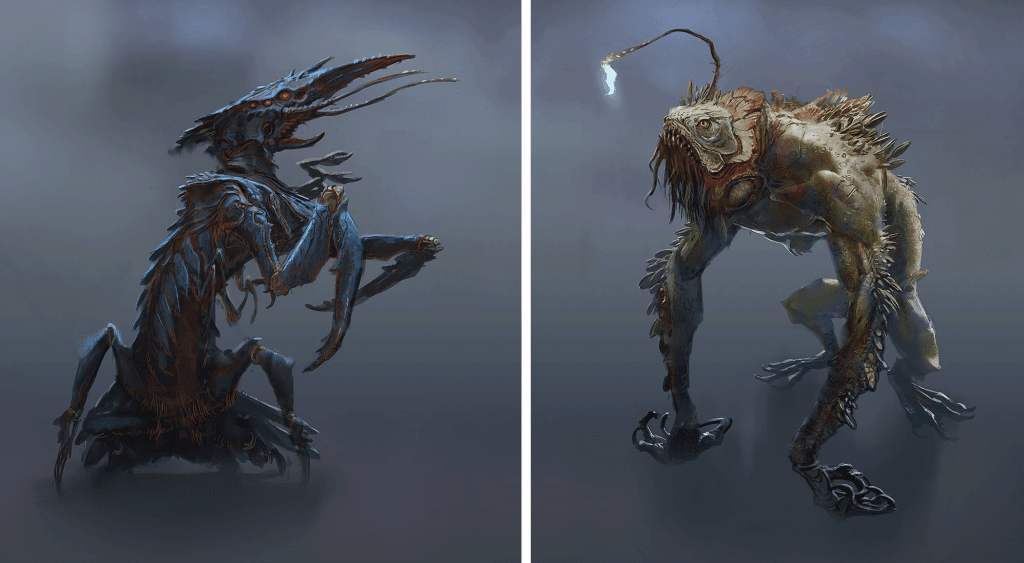
Away from the main adventure, Far Harbor provides plenty to additional activates and side-quests to sink your hook into. As per-usual with Bethesda’s RPGs, several of the optional quests of offer manage to exceed the primary narrative, both in terms of enjoyment and storytelling prowess. For me, the standout was undeniably Brain Dead, a marvelous quest that sees you whisked into something straight out an Agatha Christie novel. It’s completely ridiculous yet vividly written, in a way that only Fallout can accomplish, wholeheartedly, and deservedly, stealing the limelight.
It would be criminal however to let it outshine the outstanding ambient storytelling that consistently permeates the membrane of Far Harbor. Exploring the world only to uncover a completely optional hidden story has always been a fantastic experience in Bethesda games, and Far Harbor continues that proud traditional with some fabulously organic storytelling. I honestly never thought I would care about the lives of a team of nutty pre-war bowling enthusiasts, or the corporate dealings of rivalries soft-drink companies, but Far Harbor does just that. The world is all the better for it, and I implore you all to seek out these moments.
On top of all the narrative goodness, the DLC adds an abundance of new weapons, armors, healing items, enemy types and more. On the whole, the new weapons and clothing options are great additions to the game, adding a fresh rural aesthetic to your character. The marine armor set and the lever-action rifle are personal favorites of mine, there is plenty on offer here to satisfy almost every type of hoarder out there. The new melee weapons are a little on the mundane side for my liking, yet they are still distinctive from the base game varieties, and are overall a welcomed addition.
Conversely, the new enemy types are uniform in their brilliance, and Bethesda have clearly pushed the boat out with their designs. They are some of the most creative, horrific, and terrifying creatures I have ever seen in the Fallout universe. So much so in fact that I actively found myself avoiding them as much as possible, in some vain attempt to avoid becoming their next snack. The Fog Crawlers and Anglers are particularly frightening. I maintain the train of thought that Fallout 4 lacked any new meaningful monsters, with the game instead choosing to rehash many from the previous entry. Far Harbor finally changes this, adding a unique flair to the combat encounters that I felt was missing from the base game.
Read More: https://thegamercollective.com/call-of-duty-wwii-review/
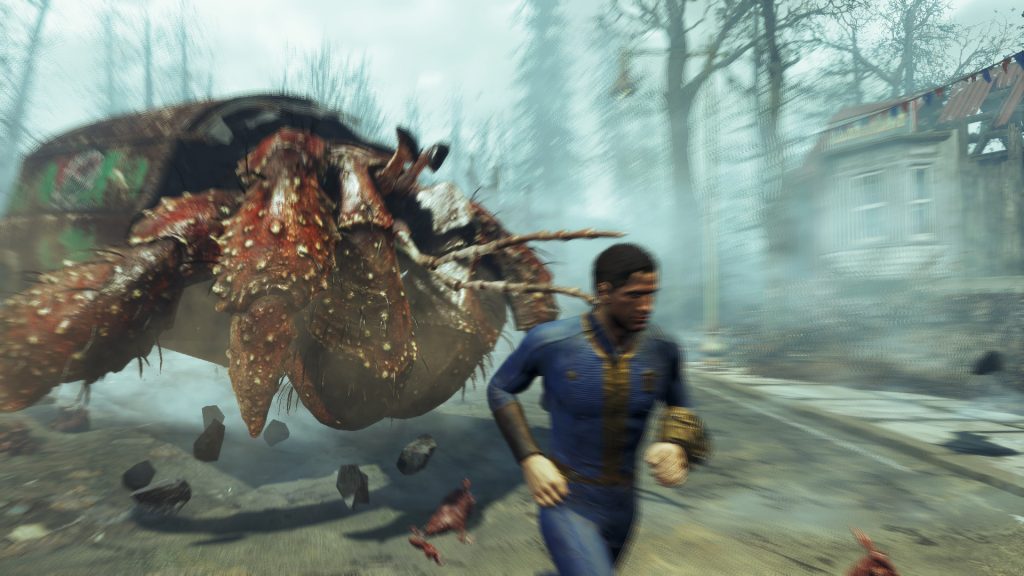
Indeed, Far Harbor is a significant improvement over Fallout 4, but it is ultimately unable to escape all of the woes that hampered the original game. The technical performance, for one, is apocalyptically bad, especially on PS4. Remember all that fog I was ranting on about earlier? It absolutely bombs the daylights out of the framerate, sometimes sending it plummeting well into the single figures. Such issues should not exist, and there is no excuse anymore for why Bethesda are unable to release a product that works competently from the get-go.
Far Harbor is the vacation that Fallout 4 drastically needed, improving upon many of the blunders that angered the player-base at launch. The world is marvelous, the main story is captivating, and the new loot is utterly excellent. There are still, however, many issues that run rampant, and they only highlight the deeper, fundamental problems that continue to plague the Bethesda RPG model. It is still a great experience, and one that is well worth returning for, but be well aware that this is still, for better and ill, a Bethesda role-playing game.
